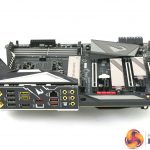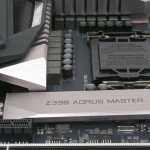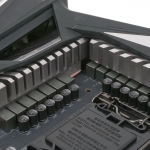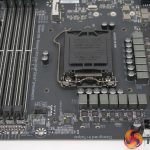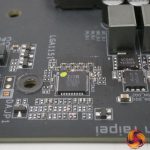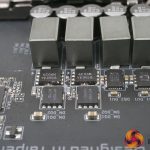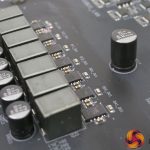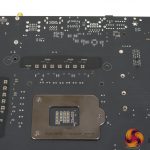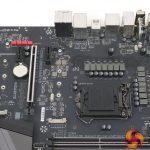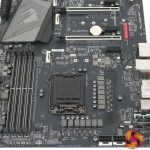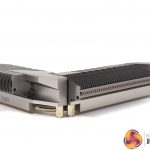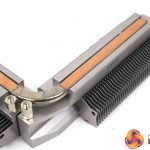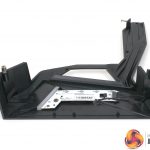Specification:
- 2 x PCI Express 3.0 x16 slot (1x 16, 2x 8)
- 1 x PCI Express 3.0 x16 slot, running at x4
- 3 x PCI Express 3.0 x1 slots
- 1 x M.2 Socket 1 connector for an Intel CNVi wireless module (CNVI)
- 1 x Power/Reset button
- 1 x Clear CMOS button
- 2 x SMA antenna connectors (2T2R)
- 1 x HDMI port
- 1 x USB Type-C port, with USB 3.1 Gen. 2 support
- 3 x USB 3.1 Gen. 2 Type-A ports (red)
- 2 x USB 3.1 Gen. 1 ports
- 4 x USB 2.0/1.1 ports
- 1 x RJ-45 port
- 1 x optical S/PDIF Out connector
- 5 x audio jacks
We used the Z390 Aorus Master for our launch review of the Core i9-9900K and found it provided a rock solid platform for the new CPU. This was clearly good news for us as the main requirement when you review a new CPU is that the system is both reliable and stable and Gigabyte Z390 Aorus Master ticked those critical boxes. The first thing we noticed about the board is the emphasis that Gigabyte has placed on the engineering, both in terms of the look and feel but also with regard to the information we were sent.
Gigabyte describes the Z390 Aorus Master as ‘Designed for All Core 5GHz+’, and while that claim would likely be made for many enthusiast Z390 boards on the market, in this instance we can see the evidence in front of our eyes. The VRMs for power delivery use International Rectifier hardware throughout with an 8-phase IR35201 controller that drives 12-phases of Vcore and two phases to handle the iGPU. The controller works through six IR3599 phase doublers that drive 12 IR3553 40A MOSFETs, which means the Z390 Aorus Master can deliver a maximum of 480A to the CPU with 85 percent efficiency.
The advantage of using this level of battleship engineering is that current output can reduced towards 15A per phase where you get maximum efficiency of 92 percent, which still provides 180A which is 240W at 1.35Vcore. During our testing we measured a CPU power draw over 200W which means that while our overclocked CPU was working at the limit we could see the Gigabyte Z390 Aorus Master was barely ticking over.
Of course the VRMs are only part of the power delivery system and as you will see in our video and photos Gigabyte has used substantial heat sinks on the VRMs that ensure they operate at impressively low temperatures.
Gigabyte uses a significant amount of copper in the construction of the PCB to assist power delivery and heat transfer. This encouraging approach to the hardware extends to the aluminium backplate which uses thermal pads to draw heat away from the components in order that the heat can pass into the airflow that passes through your case.
The rear I/O panel is loaded with USB ports, audio connectors, Wi-Fi antennae as well as those annoying Micro buttons that Gigabyte has taken to placing on the I/O, when we would much prefer to have them on the board itself. We really cannot see the point of four PCIe graphics slots and would much rather the space was used for other hardware.
Be sure to check out our sponsors store EKWB here
 KitGuru KitGuru.net – Tech News | Hardware News | Hardware Reviews | IOS | Mobile | Gaming | Graphics Cards
KitGuru KitGuru.net – Tech News | Hardware News | Hardware Reviews | IOS | Mobile | Gaming | Graphics Cards


